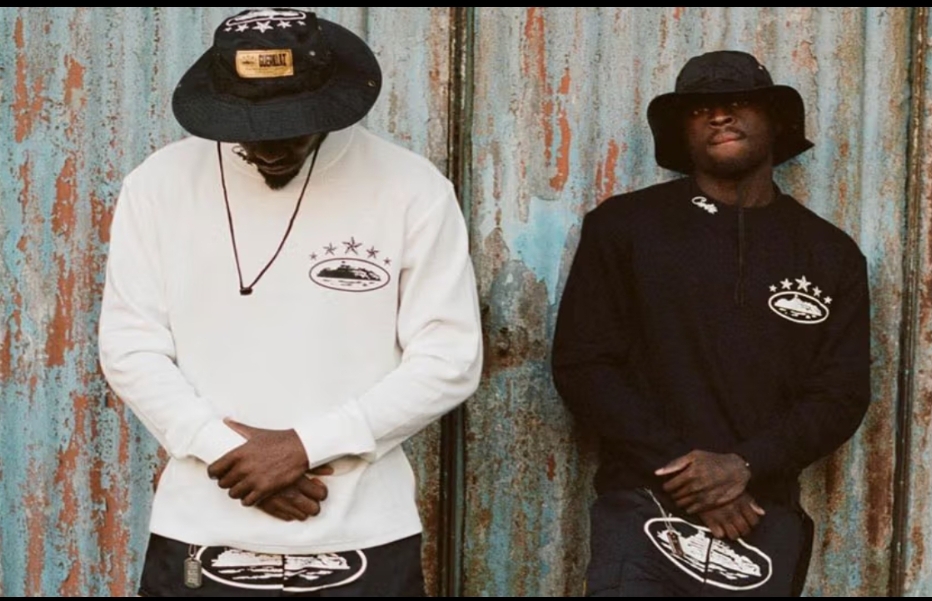
The Power of Color: Exploring Its Impact on Design and Everyday Life
Color has always been a powerful tool in design and its impact extends beyond aesthetics. Different colors can evoke specific emotions and have the ability to influence our mood and behavior. For example, warm colors like red and orange can evoke feelings of excitement and energy, while cool colors like blue and green can create a sense of calm and relaxation.
Understanding the psychology of color can help designers effectively communicate their message and create a desired atmosphere in a space. Whether it’s a vibrant and energetic office environment or a soothing and peaceful bedroom, color plays a significant role in shaping our everyday experiences.
In addition to design, color also has a profound impact on our everyday lives. Various studies have shown that color can affect our cognitive processes, memory, and even physical well-being. For instance, research has found that the color red can increase our heart rate and stimulate our appetite, which explains its abundant use in the food industry.
Similarly, hospitals often use calming shades of blue and green in their interiors to promote healing and relaxation. From our home decor choices to the clothes we wear, color surrounds us constantly and influences our perception of the world around us. By understanding the power of color, we can harness its potential to enhance our lives and create environments that support our well-being.

Understanding Color Psychology: How Different Hues Affect Our Emotions and Behavior
When it comes to understanding color psychology, it is interesting to see how different hues can have a significant impact on our emotions and behavior. Research has shown that warm colors like red and orange tend to evoke feelings of excitement and energy, while cool colors like blue and green are more calming and relaxing. Yellow, on the other hand, is often associated with happiness and optimism. These emotional responses to color can vary from person to person, but there are some general trends that can be observed.
In addition to affecting our emotions, colors can also influence our behavior. For example, studies have found that the color red can increase heart rate and stimulate appetite, which is why it is often used in the food industry. Blue, on the other hand, has been shown to have a calming effect on people, making it a popular choice for bedrooms and relaxation spaces.
These behavioral responses to color can be used strategically in various settings, such as marketing and advertising, to create certain desired outcomes. By understanding how different hues affect our emotions and behavior, we can harness the power of color to enhance our everyday lives.
Cultural Significance: How Color Symbolism Varies Across Different Societies
In different societies around the world, color symbolism holds great cultural significance. The meanings attached to various colors can vary greatly from one society to another, often reflecting historical, religious, and social factors. For example, in Western societies, the color white is often associated with purity and weddings, while in some Asian cultures, white is considered a symbol of mourning.
Similarly, red carries different connotations across societies. In Western cultures, it is often associated with love and passion, while in some Eastern cultures, red symbolizes luck and prosperity. These varying interpretations of color symbolism across different societies highlight the rich diversity of cultural beliefs and traditions.
Color symbolism not only influences the cultural aspects of societies but also impacts everyday life. For instance, in many African cultures, the color green is commonly associated with fertility and abundance, reflecting the importance of agriculture in these societies. Similarly, the color blue holds significant meaning in many Middle Eastern cultures, representing protection and spirituality.
These cultural associations with color are deeply embedded in societal practices, influencing everything from traditional ceremonies and celebrations to the decoration of homes and clothing choices. Understanding the cultural significance of color symbolism allows for a deeper appreciation of the diverse perspectives and traditions that shape our global society.
Color Psychology in Marketing and Advertising: Leveraging Colors to Influence Consumer Behavior
Color is an essential element in marketing and advertising campaigns, as it has the power to influence consumer behavior. Different colors evoke various emotions and can even convey specific messages to potential customers. Understanding the psychological impact of colors is crucial for businesses to effectively communicate their brand image and entice consumers.
For example, the color red is often associated with feelings of excitement, urgency, and passion. It grabs attention and stimulates a sense of immediate action. This is why it is commonly used in sales and clearance advertisements to create a sense of urgency and encourage impulsive buying behavior. On the other hand, the color blue is often associated with trust, reliability, and calmness.
It is frequently used in corporate branding and financial advertisements to build a sense of credibility and security. By strategically incorporating colors into their marketing materials, businesses can effectively influence consumer perception and behavior, ultimately driving sales and success.
RELATED POSTS
View all



